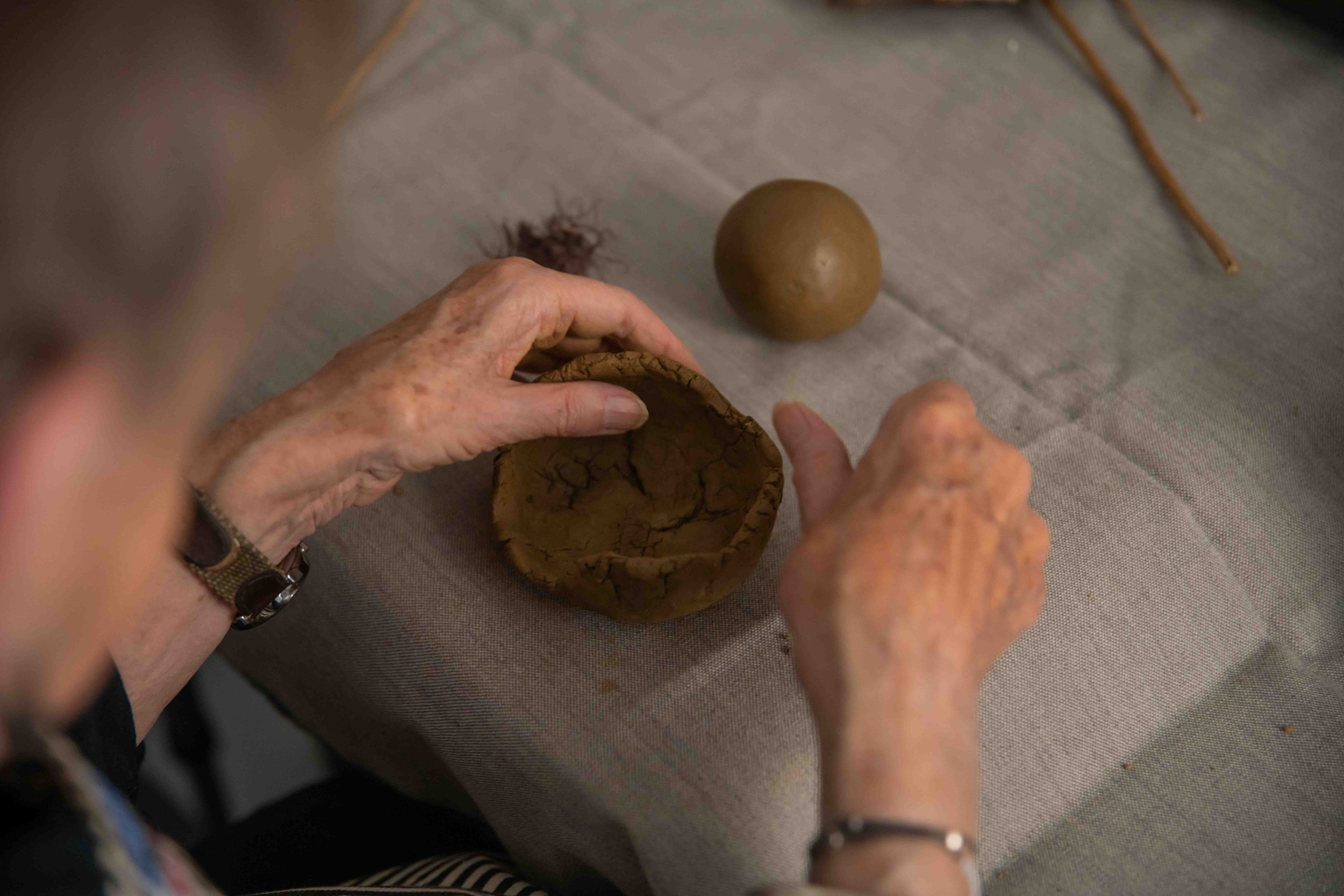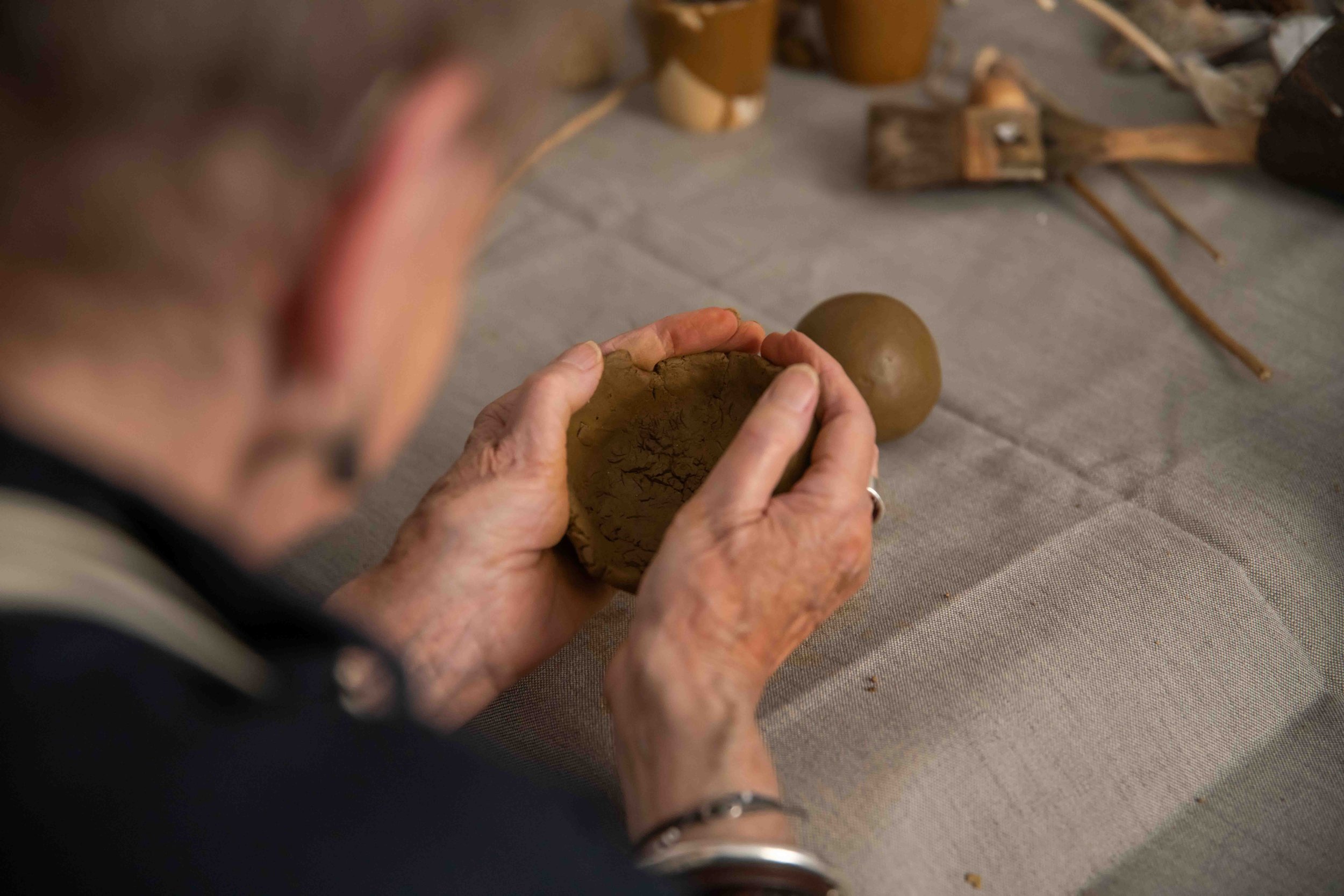CLAY MINDS: NEURODIVERGENCE AND THE MATERIAL BRAIN
Clay Minds is a continuing strand of my practice-based research that explores the intersection of neurodivergence, embodied making, and the neurological impact of working with clay. Funded by Cryptic Arts and Bath Spa University, this project has grown out of personal experience and wider conversations around neurodivergent learning, sensory processing, and the tactile intelligence of the hands. It centres on a simple question: What happens to the brain when we work with clay?
Clay holds a unique space as both a sensory material and a site of transformation. Its responsiveness, tactility, and groundedness allow for instinctive, repetitive gestures that can soothe and regulate the nervous system. For neurodivergent individuals - particularly those with sensory processing differences - these qualities offer an accessible, open-ended way to think through making. Unlike verbal or rigidly structured modes of learning, clay offers a soft resistance, a form of feedback that enables embodied thought.
Through a series of self-directed workshops and material-led experiments, I have invited participants - many of whom identify as neurodivergent - into shared spaces of making, curiosity, and slowness. These sessions were deliberately open-ended, non-hierarchical, and process-based. Participants were encouraged to explore the physical and emotional responses that surfaced during their interaction with clay, whether through pinching, rolling, coiling, or simply holding the material.
Research into the neurological and sensory impact of clay, supported by Cryptic Arts and Bath Spa University
Repetitive movements became forms of communication; messy play became strategy; and slowness became method. This research is rooted in lived experience and a commitment to inclusive, fluid pedagogies. My own neurodivergent needs have always shaped the way I work - physically, emotionally, and socially - and clay has been one of the most sustaining materials in my practice. It offers a space in which I can process thought through movement, externalise internal experience, and remain present without pressure for fixed outcomes.
I am interested in the neurological and psychological shifts that happen through clay engagement - the slowing of heart rate, the regulation of breath, and the return to a grounded sense of being. Clay Minds is not about producing finished objects, but about tracing the sensory and cognitive pathways that open up when we allow material to lead. The aim is to build a wider understanding of clay as a neuro-supportive tool, contributing to conversations around inclusive creative practice, mental health, and alternative modes of thinking and learning.
This is ongoing research, and I hope to continue building a library of knowledge through further collaboration with artists, educators, scientists, and neurodivergent communities. Clay Minds is an invitation - to pause, to play, to connect with the earth, and to find clarity through touch.















